How Students Make the College's New Brand What It Is

When we started the process of creating Community College of Philadelphia’s new brand nearly three years ago, we knew students had to be part of the discussion. After all, our students are at the core of everything we do. We couldn’t create the College’s new look and feel without asking our students what makes them proud to be part of the City’s College—and what would encourage others to see what they already know.
We put out the call and assembled a focus group of students who wanted to share their expertise as part of our College community.
“The goal was rebuilding the brand inside and out,” said Sabriya Marshall, one of several students who were instrumental in providing brand feedback. “Were we getting the right message, right mantra, right color patterns? Were they bold enough? How did we feel as a student? How would you feel as a prospective student?”
Community College of Philadelphia is often seen as a hidden gem in the city. Students who attend here know the benefits of the College, the people who work here see the difference we make in the community, but it often feels like not enough people know about us. If you know, you know—but we want everyone to know!
A major reason for the rebrand was attracting new students.
“As a student, I want to look at myself as if I could I be at this campus,” Sabriya said. “Is this somewhere I’d want to go?”
For the Philly native, the answer is a resounding yes. Sabriya will be finishing her degree this summer and plans to walk during Commencement this May. Her major is Health Care Studies and she plans to go into nursing.
“CCP has professors and staff members who are understanding,” Sabriya said. “They’re very aware and it’s apparent. That’s what I love about the culture of the school. There are so many different varieties of people you’re going to come across and no matter what, you’re not alone.”
Another focus group participant, Aponte Anthony, said the logo needed to be something that stands out and sticks with people when they see it. He said the new logo, with its prominent P, achieves that in a way the previous logo didn’t for him.
“Philadelphia is something CCP wanted to emphasize,” Aponte said. “I remember that during the meetings, the idea that this is the Community College of Philadelphia. Emphasizing the people of Philadelphia. It needed to be something that gets your attention and when people pass by, they say, ‘Ah, I’ve seen that before.’”
It’s our hope that the new logo establishes Community College of Philadelphia in the pantheon of the city’s iconic Ps.
Aponte, who is studying Applied Science and is about 19 credit hours away from his degree, said the College’s color palette was also important to him.
“They were talking about changing the color scheme,” he said. “I’m fine with the color scheme already. I thought, ‘Hopefully the color scheme doesn’t change too dramatically.’”
He wasn’t the only person who said they liked the College’s iconic black and gold colors. Not to fear: Those colors aren’t going away. We are, however, adding a splash of blue that creates a pleasant balance alongside the previous brand palette. The blue and yellow in the new brand also ties the College to the City; Philadelphia’s official colors emphasize blue and yellow and now the College’s do, too.
Another major contribution students made to the new brand was our tagline. In the moments before a final decision needed to be made, College stakeholders, Cabinet members, and the Strategic Communications team were still divided among a couple different options. Students were asked a final time which tagline they preferred; to everyone’s relief, they unanimously chose, “Rise from within.”
The tagline really captures the ethos of our students. Community College of Philadelphia is here with resources and compassionate educators who support our students, but those students’ individual accomplishments come from within. Every day, we see students find success as they rise from within.
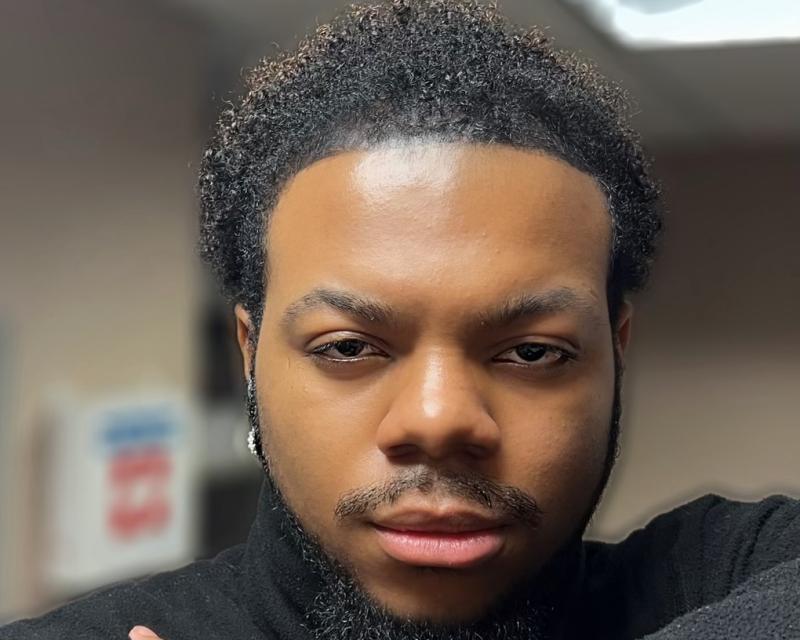
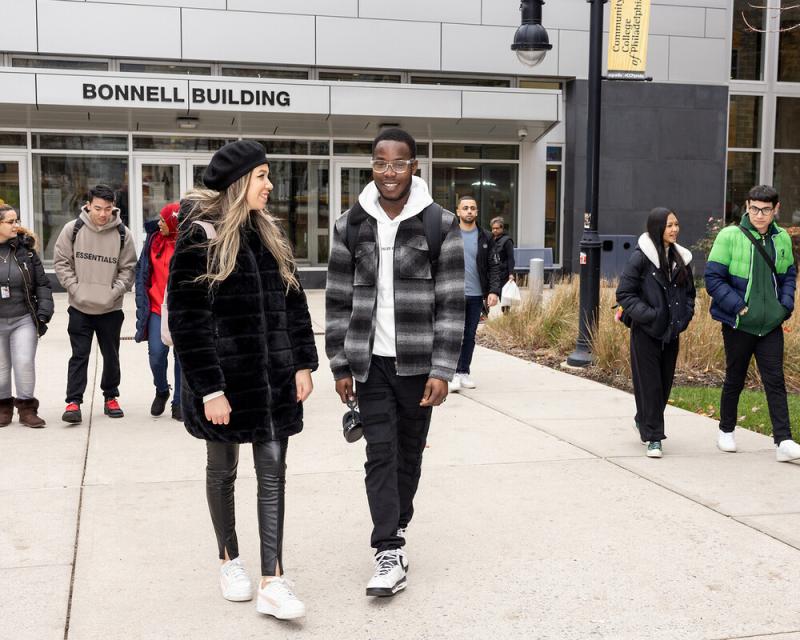
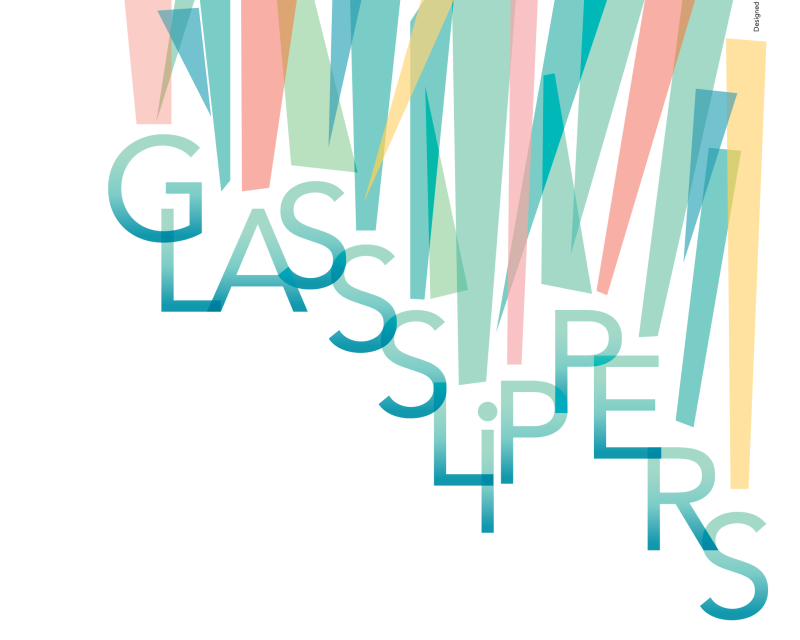



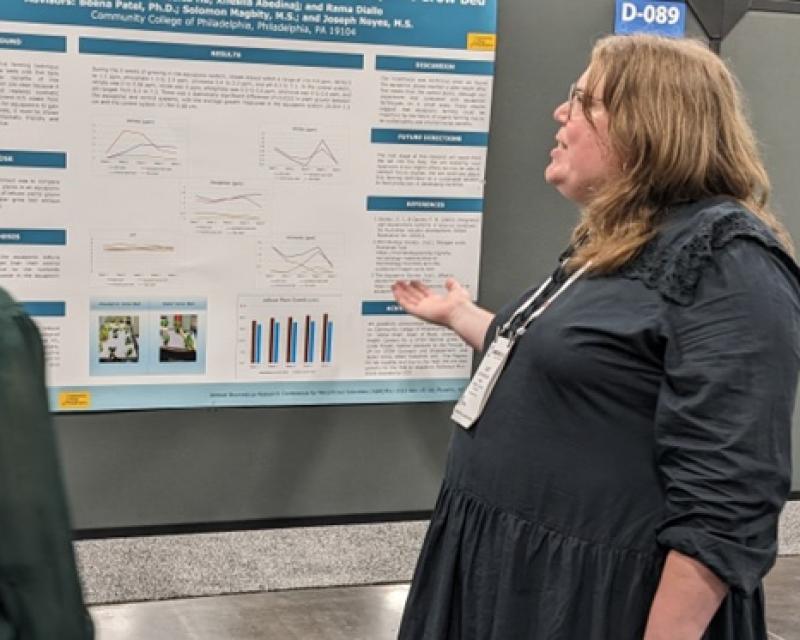
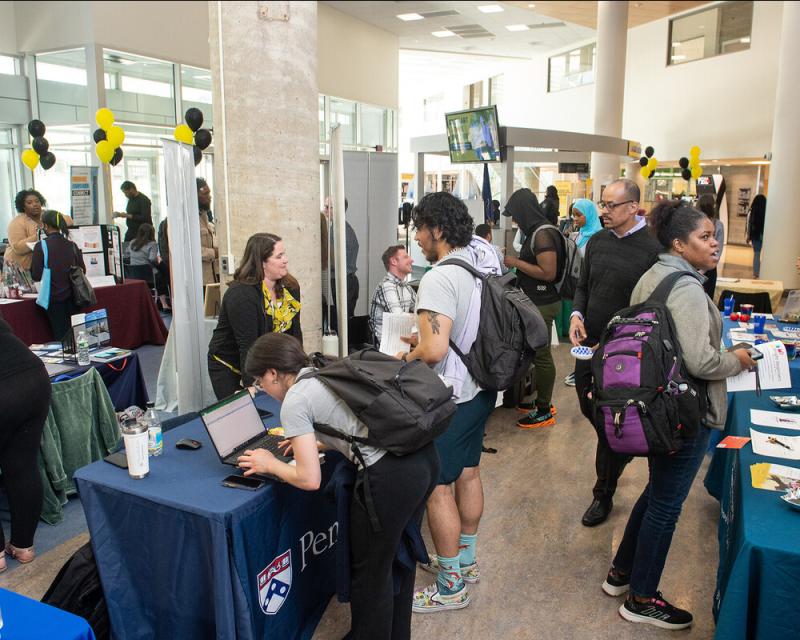
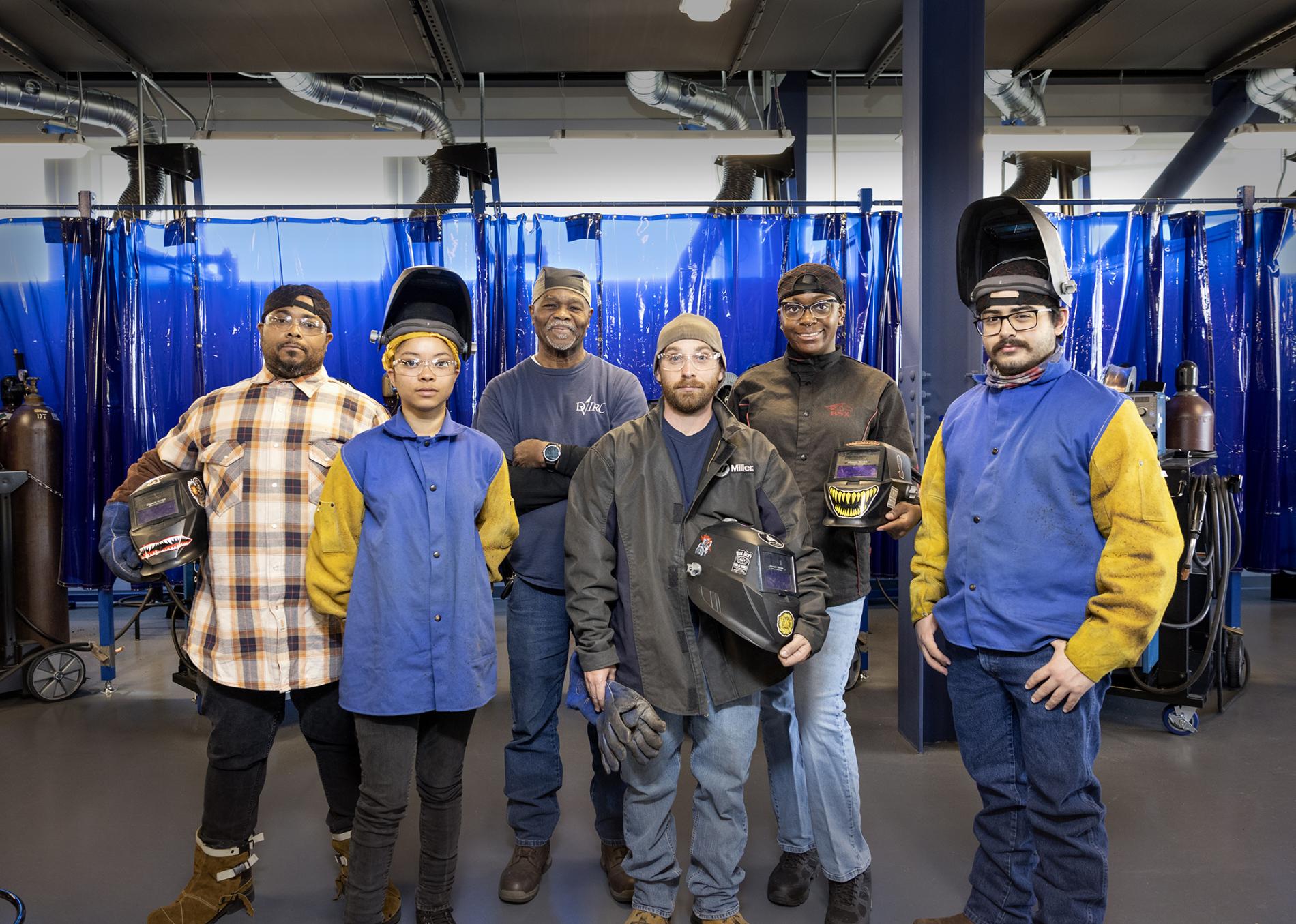 Twenty-one-year-old Camyra Sawyer was the first woman to complete the
Twenty-one-year-old Camyra Sawyer was the first woman to complete the 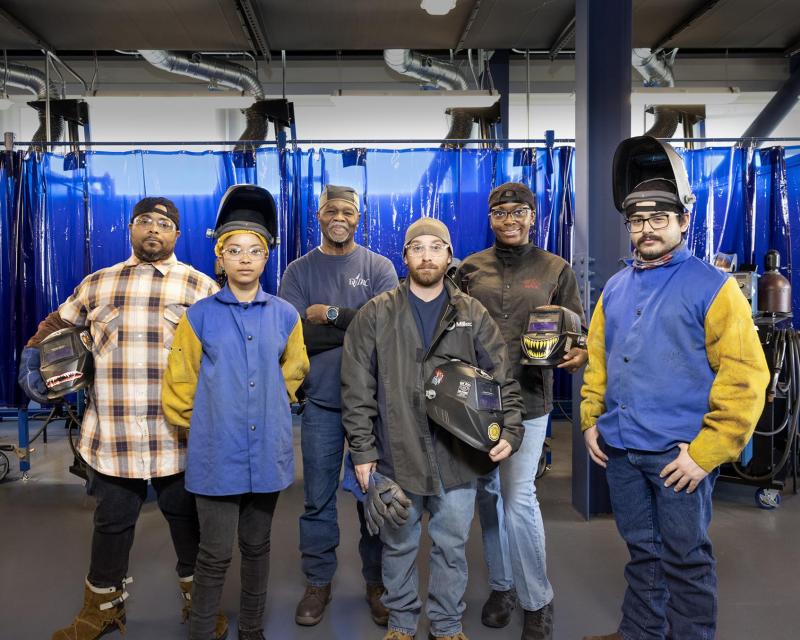
 If you want to learn from the best, your instructor has to love what they do. When it comes to automotives, the best instructors love cars. And trucks. And motorcycles. And anything with an engine and wheels.
If you want to learn from the best, your instructor has to love what they do. When it comes to automotives, the best instructors love cars. And trucks. And motorcycles. And anything with an engine and wheels.